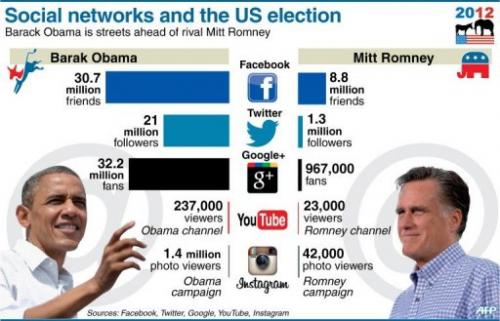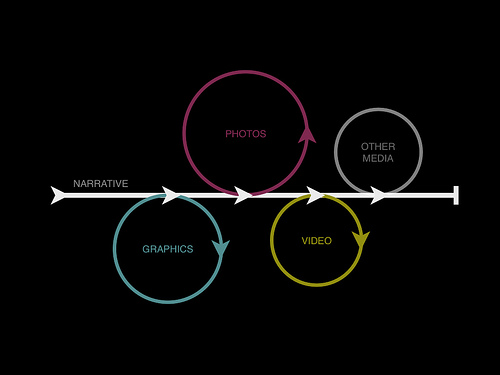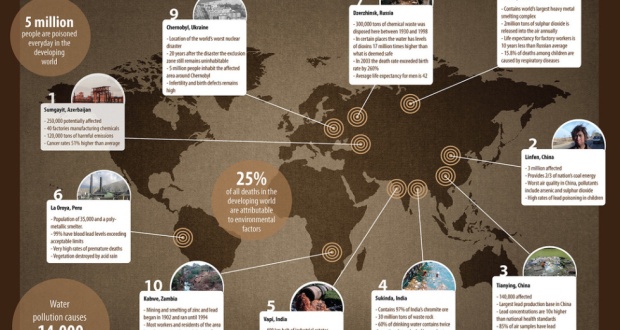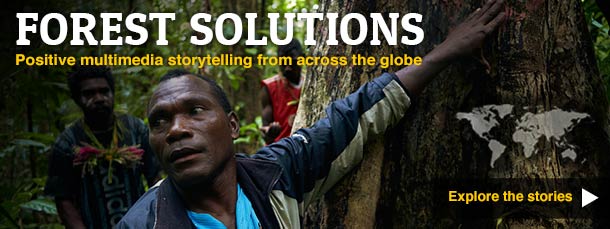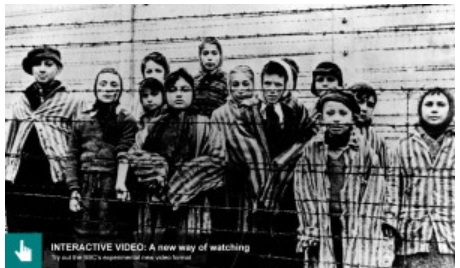For Roosevelt it was radio, Kennedy had television, and Obama had social media. Needless to say, social media/networking has revolutionized the way people around the world communicate and has allowed for constant access to each other. The Internet created a new outlet for nearly every aspect of daily life. These new forms of communication via social networking are not just for connecting with old friends or posting pictures, the use of these sites provide a new world of potential connections of which politicians have recently grown akin to.
The most exemplary of this exact phenomenon is the campaigns of both Barack Obama and Mitt Romney in the 2012 presidential election. These two opposing candidates differed in many ways of course, but specifically regarding media, they showed a large contrast in the effectiveness of online media and advertising in drawing attention of potential voters. Firstly, the actual tools both candidates used are very telling. Obama, in 2012, used tools such as Google+, Facebook, Pinterest, Tumblr, YouTube, Flickr, Instagram, Twitter (two accounts) and Spotify. By the looks of these tools alone you can see his target demorgraphic and the entire vibe of his presidential campaign.
By the looks of these tools alone you can see his target demorgraphic and the entire vibe of his presidential campaign.
Using a total of nine social media tools was unheard of before Obama, and because of that he connected the historical process of presidential election with the world of Web 2.0 that exists today. Obama’s campaign was more active and generated many more responses from users of these sites. It would be foolish to say that his social media use didn’t help him win the election that year. He posted 29 messages per day on average, had twice the amount of Facebook supporters on said posts, used almost double the tools as Romney, and on all fronts, definitely trumped Romney in the social media campaign sector.
Romney’s approach to social media tools for his campaign was slightly different to say the least. He used Facebook, YouTube, Flickr, Google+, and twitter. Five compared to the nine Obama used. Perhaps because he focused on a more conservative, older audience or because his campaign team for some unknown reason decided deemed a big social media presence unimportant.
It is said that there was about a 10-to-1 spending gap on social media between the two candidates. To put it in perspective, the Obama campaign spent $47 million on digital spending. And the Romney campaign spent $4.7 million.
CNN reported that the “Obama campaign believed from the start that digital was an important new area, and really had an almost an evangelical feeling about signing people up to register to give money through Facebook and Twitter.” Like many others, I now wonder, will 2016 be another social media campaign or will we be on to something new?

